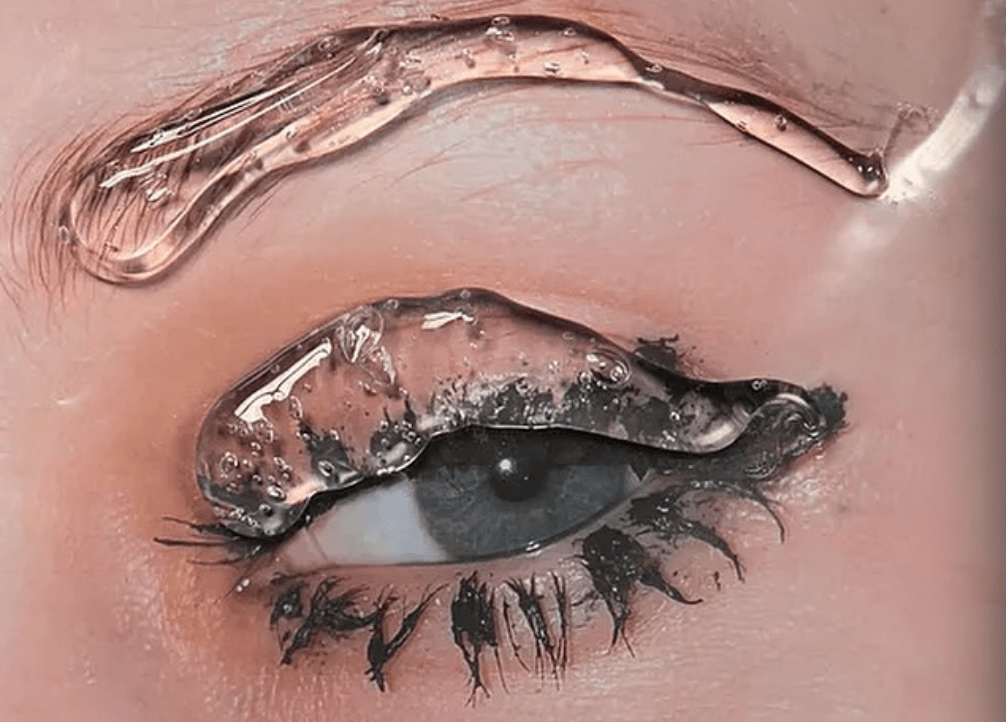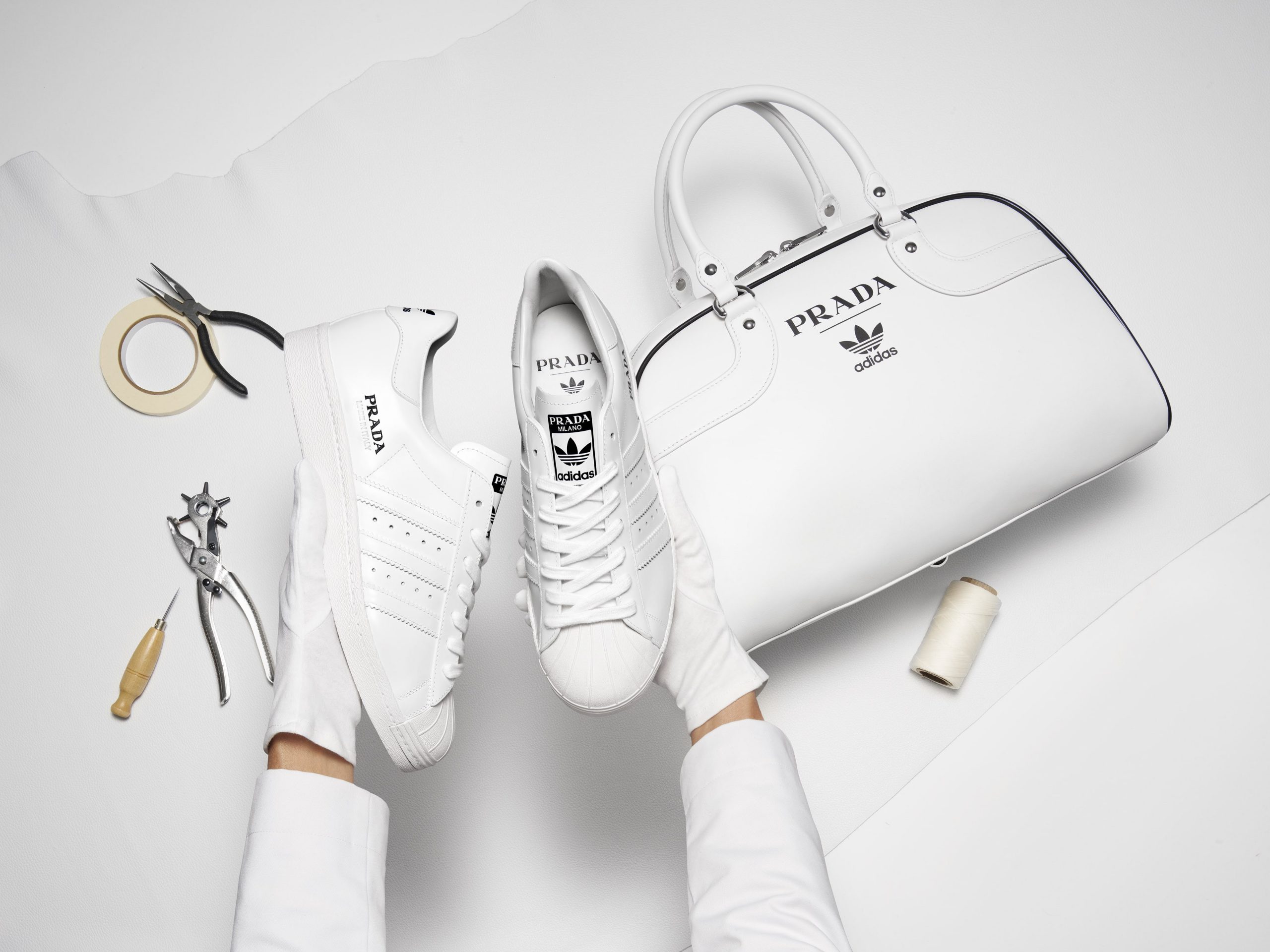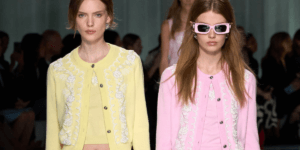Character over Perfection
Opinions on the impact of beauty on identity and the motivations behind its use vary. On one hand, beauty and cosmetics can be seen as a means of self-discovery. On the other hand, fashion theorist Barbara Vinken argues in her book “Angezogen. Das Geheimnis der Mode” that “the female sex still makes itself into a piece of jewelry,” highlighting the pursuit of perfection rather than self-fulfillment and personal identity.
Eszter Magyar, the creative mind behind the Uglymakeuprevolution, conceptualizes identity as a multi-layered reality composed of various components. She visualizes it as layers of semi-transparent, colored plexiglass stacked upon each other, constantly shifting as we evolve through our experiences. Part of our identity encompasses not only who we are but also who we aspire to be, and makeup can serve as a tool for self-expression and self-discovery. However, the role of beauty and decorative cosmetics in this context remains to be explored.
Vinken’s text suggests that women, and consumers in general, still strive to become “jewelry” themselves, irrespective of advancements in gender-fluid fashion or the rise of metrosexuality among men. This notion primarily refers to makeup. Vinken’s female protagonist desires to approximate an ideal propagated by media and society. To visually approach this icon, as Vinken describes it, various measures and means are employed. The thesis addresses women’s desire to conform to a specific ideal and attain societal perfection.
“Perfection is an idea—an ever-changing idea that belongs to someone else,” asserts Magyar, the Budapest-born, London-based makeup artist behind MAKEUPBRUTALISM and UGLYMAKEUPREVOLUTION. Magyar combines human aesthetics with social critique to challenge pervasive beauty standards and the beauty industry itself. She states, “Personally, I prefer character over perfection. Perfection, even as it evolves, is predictable—a monotonous uniform that people willingly don to appear special.” Magyar’s expertise lies in creating strangely beautiful compositions out of clumped-up lashes, unconventional tooth appearances adorned with vibrant paint, smudged eyeliner, and dislocated lipstick.
In contrast, Vinken suggests that modern society provides avenues to approach the aforementioned ideal, with drugstore chains and hairdressers playing a role. As the text emphasizes, “Beauty and waxing salons, manicure and pedicure chains, and the endless shelves of makeup (…) have become integral components of the modern cityscape, much like electric street lighting.”
The perpetual pursuit of perfection and the consequent erosion of individual identity has historical roots. “In the past, women’s value was often measured predominantly by their beauty,” explains Magyar. “If they were desirable, they had a better chance of marrying well. This formula still holds true today. Consider women in the entertainment industry—actresses, singers, and more—regardless of their immense talent, they must conform to a certain appearance to succeed. Critics of makeup view it merely as a tool catering to the male gaze.”
“The beauty industry can bridge the gap between desire and reality, transforming you into the person you aspire to be and presenting you as you wish to be seen,” contends Magyar.
Through covering up, highlighting, concealing, and accentuating, individuals strive for perfection, opening themselves up to a world of possibilities. “If you can liberate yourself from the pressure of perfection and move beyond the sole intention of ‘correcting’ yourself, there is ample space for experimentation with shapes, colors, and boundaries,” Magyar concludes.
Alternatively, cosmetics are often seen as a means of personalization and self-expression. Magyar describes it as “the pinnacle of satisfaction—a moment of inner peace. It allows you to find beauty in things that bring you joy through their appearance, sound, or experience.” Technological advancements further enhance creative possibilities for external presentation. Through personal style and taste, which form integral parts of an individual’s identity, one’s unique representation becomes visible. Thus, beauty serves as a means of demarcation and a guide for social norms and classes, while also serving as a powerful tool to aesthetically showcase one’s own identity.
When it comes to influences on and reinforcement of our identity, Magyar encapsulates it aptly, saying, “The real question should be, is there anything in this world that does not shape who you are?”



























